What is Quick Charge QC2.0/3.0 protocol?
1. QC2.0 protocol
QC2.0 is Quick Charge 2.0 technology, which is the version 2.0 of fast charge technology released by Qualcomm. QC2.0 technology has integrated the fast charge solution when Qualcomm launched the Snapdragon 800 in 2013. There are fast charging chargers that support mobile devices such as mobile phones with QC2.0 protocol for fast charging.
The charger based on QC2.0 protocol can output four voltages of 5V, 9V, 12V, 20V, and there are two standards: ClassA and ClassB. ClassA standard QC2.0 protocol supports 5V, 9V, 12V three sets of voltage, ClassB standard QC2.0 protocol supports 5V, 9V, 12V, 20V four sets of voltage output. Since 20V is not commonly used, the current chargers and power banks on the market are based on ClassA standards.
2. QC3.0 agreement
QC3.0 is an upgraded version of QC2.0. The biggest improvement is that QC3.0 supports variable output voltage of 0.2V for one gear. QC2.0 only supports four sets of fixed voltage outputs, while QC3.0 supports output voltages from 3.6V to 20V.
The QC3.0 protocol also has ClassA and ClassB. The ClassA standard QC3.0 supports the output voltage change from 3.6V to 12V, and the ClassB standard QC3.0 supports the output voltage change from 3.6V to 20V. The chargers and charging on the same market Baos are all based on ClassA standards.
Quick charge QC2.0/3.0 protocol working principle 1. Quick charge QC2.0
The working principle of QC2.0 is that the device (such as a mobile phone that supports fast charging) outputs a voltage signal to the charger through the USB data communication port D+/D-. The charger has a built-in USB input decoding chip, and the charger will output the target voltage.
Put it this way, QC2.0 increases the output voltage and increases the charging power under the charging current limit to reduce the charging time.
For example, an ordinary mobile phone is charged with 5V1A, and if it supports fast charging, it can be increased to 9V1A or 12V1A, so that the charging power becomes larger and the charging is fast. However, it should be noted that the output power of the charger itself is designed to be greater than or equal to 12W, otherwise it is impossible to reach 12V1A.
And when the device that supports the fast charge protocol is charged with a fast charge charger, assuming that the charger is at the maximum output power, the output may be 5V2.4A, 9V1.33A, 12V1A.
2. Quick charge QC3.0
The principle of QC3.0 is similar to that of QC2.0, but QC3.0 voltage output selection is more flexible.
When using QC3.0, the portable device submits a voltage selection request through the D+ and D- signals of the USB interface, and there may be irregular USB data communication at the same time.
QC3.0 is equivalent to QC2.0 in discrete mode, with 0V, 0.6V, 3.3V three-level logic to select VBUS through static D+/D- values; in continuous mode, the new QC3.0 increases in small steps of 200mV Or reduce VBUS, allowing portable devices to choose the most suitable voltage to achieve the ideal charging efficiency, which is more flexible. The maximum load current is limited to 3A and the maximum power can reach 60W.
- Pre:The benefits of in-car wireles 2020/10/12
- Next:USB Car Charger How Long Is Th 2020/5/27

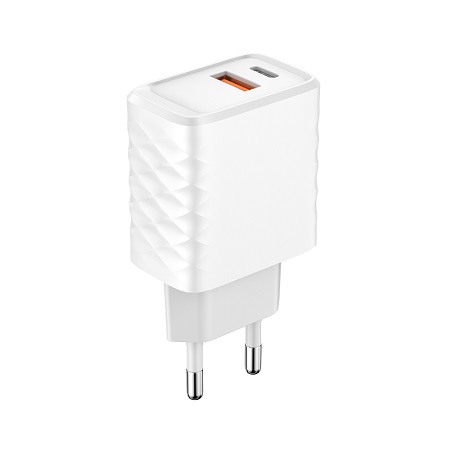 USB A+USB C PD20W+QC
USB A+USB C PD20W+QC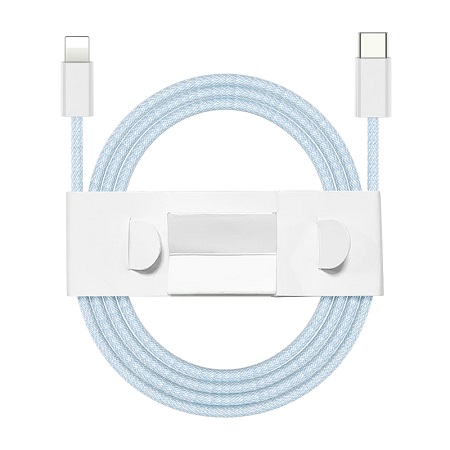 20W PD fast cable Ty
20W PD fast cable Ty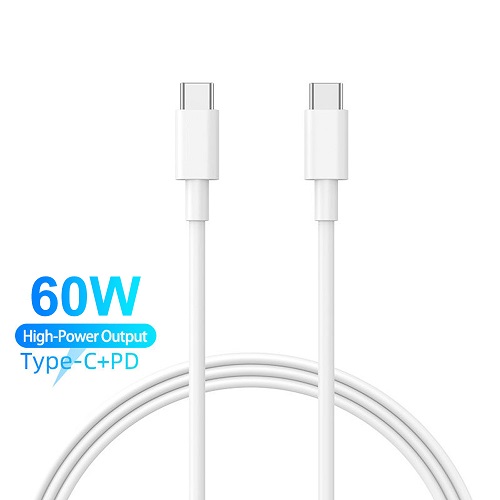 1M 3.3FT 60W 3A PD F
1M 3.3FT 60W 3A PD F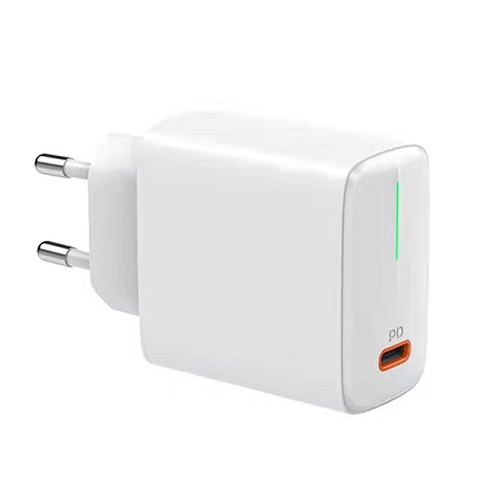 20W PD Wall Charger
20W PD Wall Charger 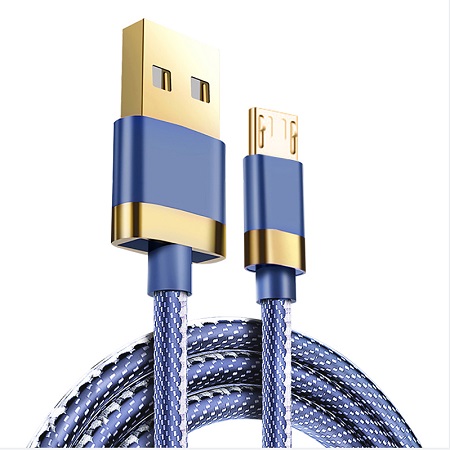 3A USB to Micro data
3A USB to Micro data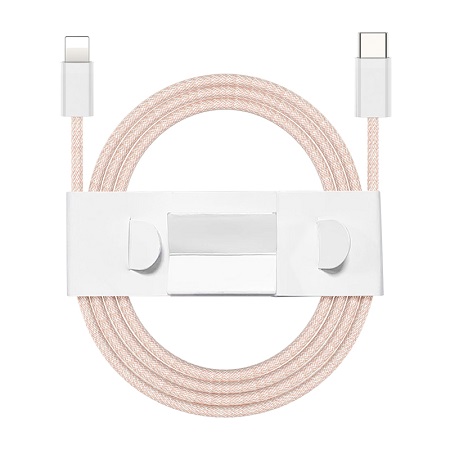 20W PD Type C to Lig
20W PD Type C to Lig